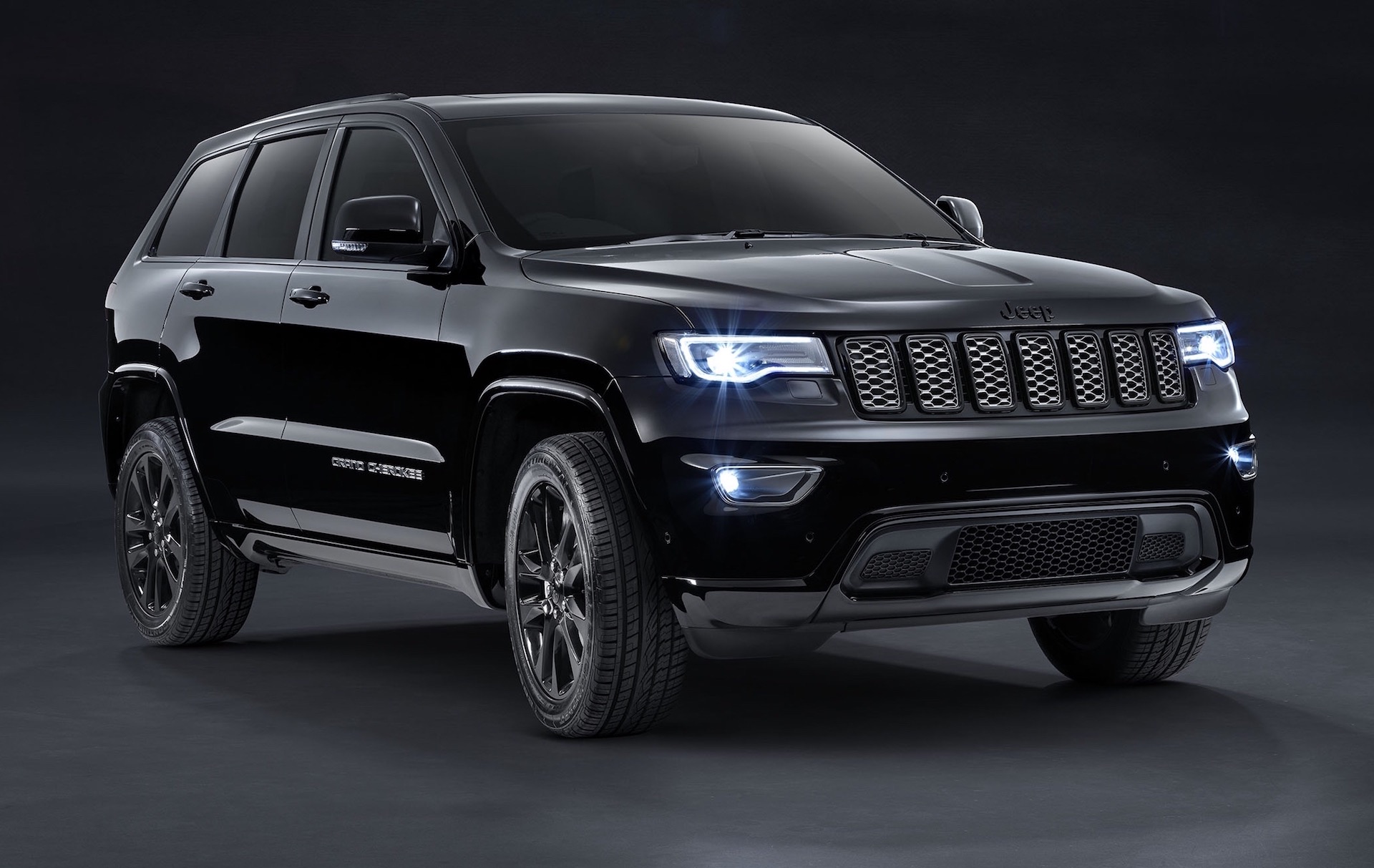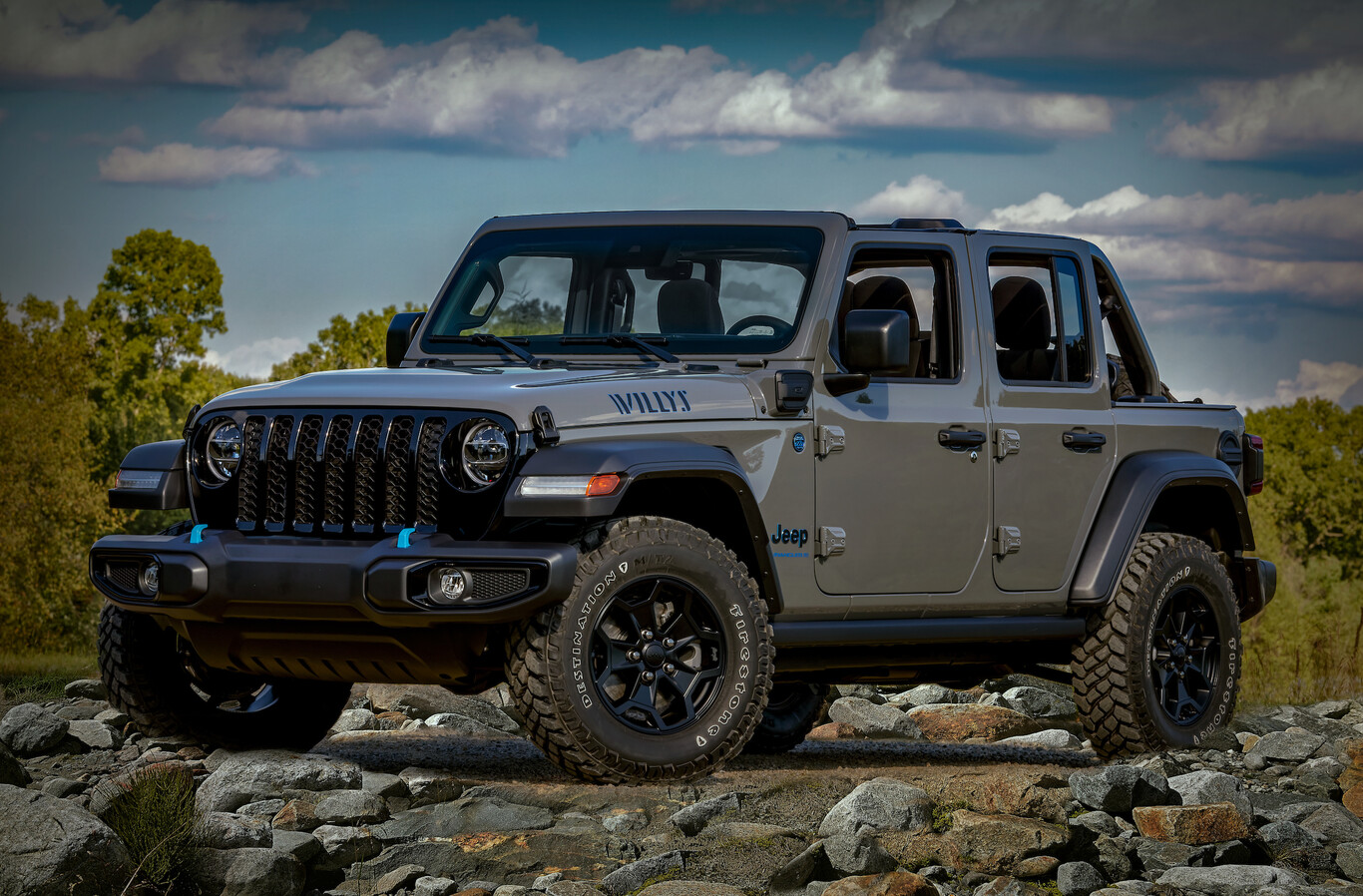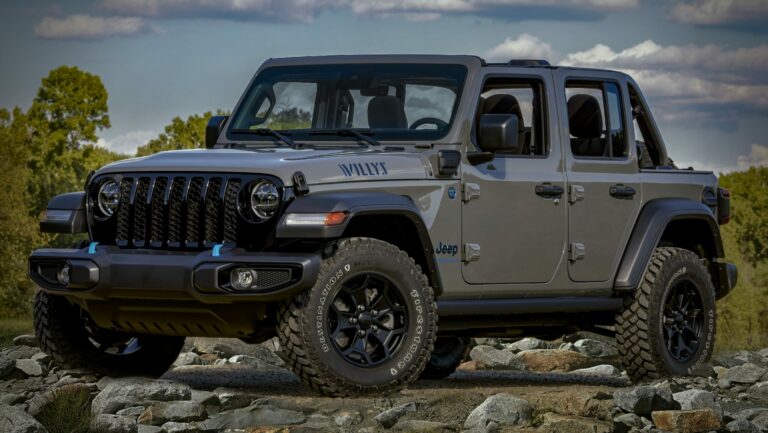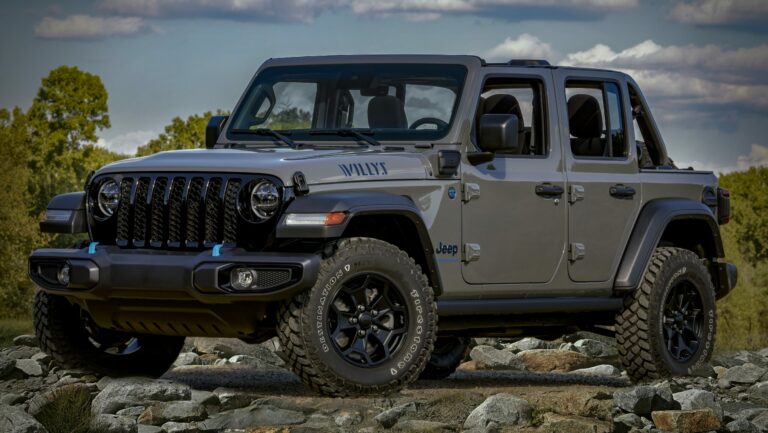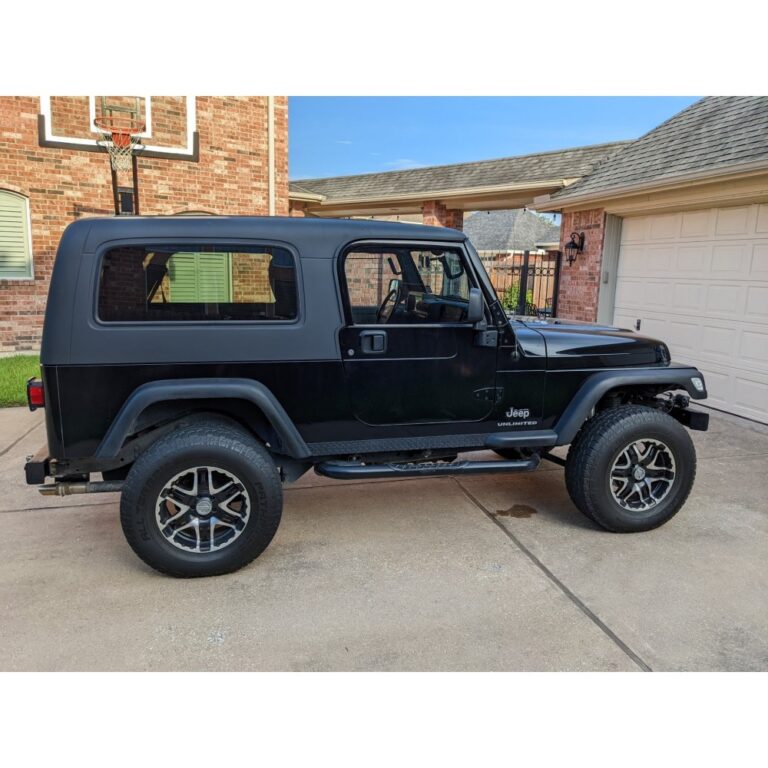Jeep Scrambler Frame For Sale: The Ultimate Guide to Finding Your Foundation
Jeep Scrambler Frame For Sale: The Ultimate Guide to Finding Your Foundation jeeps.truckstrend.com
Introduction: The Elusive Heart of a Legend
The Jeep CJ-8 Scrambler holds a unique and revered place in automotive history. Produced for a relatively short period from 1981 to 1986, this extended-wheelbase version of the iconic CJ-7 combined the rugged utility of a Jeep with the practicality of a small pickup truck. Its longer profile, enhanced stability, and distinctive style have cemented its status as a highly sought-after classic, whether for meticulous restorations, robust off-road builds, or unique custom projects.
Jeep Scrambler Frame For Sale: The Ultimate Guide to Finding Your Foundation
At the very core of any Scrambler project lies its foundation: the frame. Finding a "Jeep Scrambler frame for sale" is often the first, and sometimes most challenging, step for enthusiasts. Unlike the more common CJ-7 frames, the CJ-8’s unique 103.5-inch wheelbase requires a specific, longer frame. This rarity, combined with the ravages of time, rust, and off-road abuse, makes locating a sound Scrambler frame a quest.
This comprehensive guide is designed to navigate you through the intricate world of acquiring a Jeep Scrambler frame. We’ll explore why these frames are so desirable, where to find them, what crucial factors to consider during inspection, the pricing landscape, and essential tips to ensure your project starts on a solid foundation. Whether you’re a seasoned restorer or embarking on your first custom build, understanding the nuances of a Scrambler frame purchase is paramount to success.
I. Why a Jeep Scrambler Frame? The Appeal of the CJ-8 Foundation
The Jeep CJ-8 Scrambler isn’t just a stretched CJ-7; it’s a distinct vehicle with unique attributes that make its frame particularly desirable for specific applications:
- Extended Wheelbase (103.5 inches): This is the defining characteristic. Compared to the CJ-7’s 93.5-inch wheelbase, the Scrambler’s extra length offers significant advantages:
- Improved Stability: On-road, the longer wheelbase provides a smoother ride and better tracking, especially at higher speeds. Off-road, it enhances stability on climbs and descents, reducing the "tippy" feeling sometimes associated with shorter Jeeps.
- Increased Cargo Capacity: The primary reason for the Scrambler’s existence was its small truck bed, offering more utility than a standard CJ. This makes it ideal for overland builds, hauling gear, or simply more versatile daily use.
- Unique Aesthetic: The Scrambler’s stretched profile is instantly recognizable and sets it apart from its shorter siblings, appealing to those who desire a classic Jeep with a distinctive look.
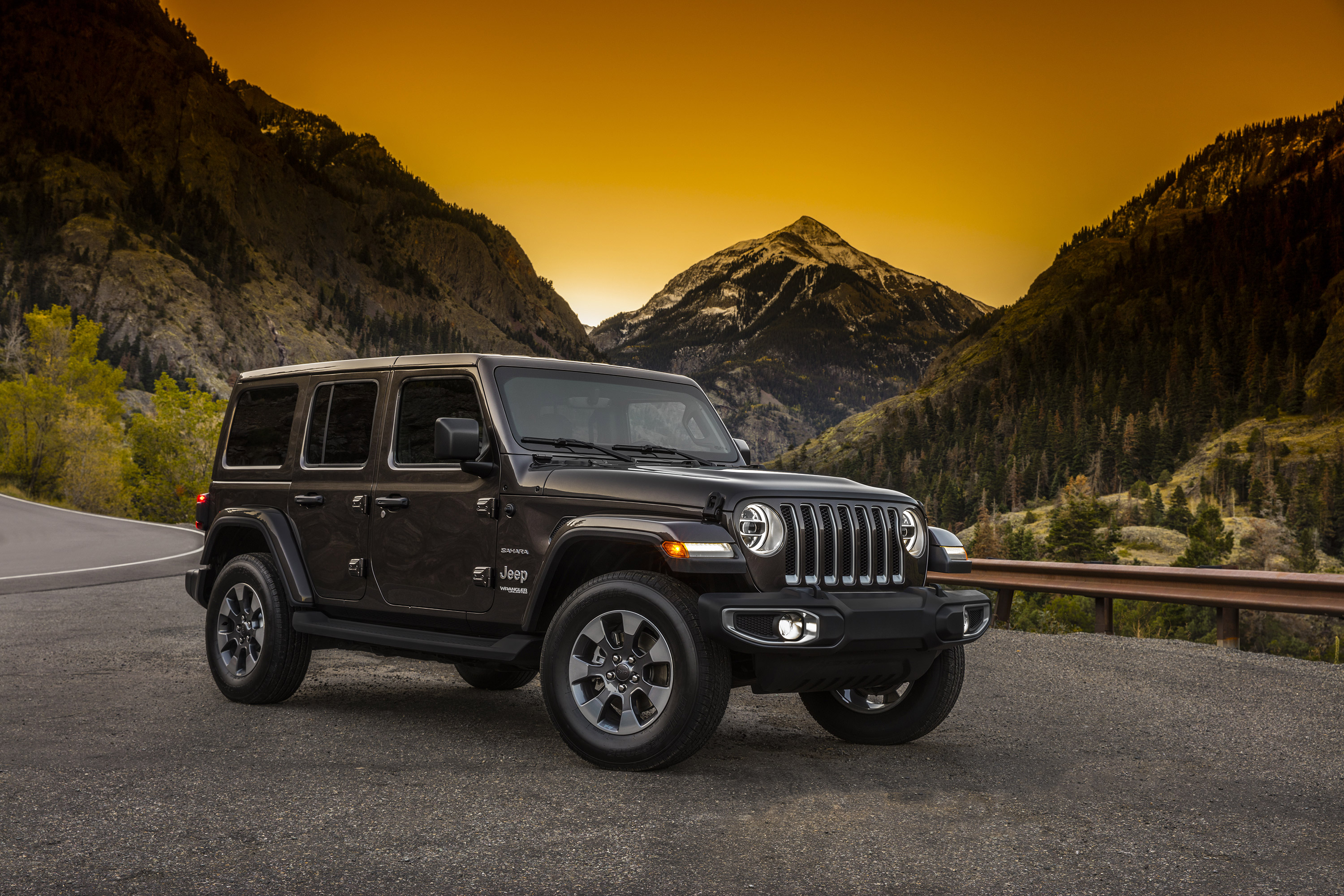
- Versatility for Builds: The longer frame provides more real estate for custom modifications. Builders can install larger fuel tanks, extended toolboxes, integrated water tanks, or even small sleeping platforms, making it a prime candidate for expedition vehicles or overlanding rigs.
- Restoration Authenticity: For purists aiming for a period-correct restoration, an original CJ-8 frame is indispensable. It ensures the vehicle retains its historical integrity and value.
- Investment Potential: As classic Jeeps continue to appreciate, a well-restored or customized Scrambler built on a solid original frame can be a significant asset.
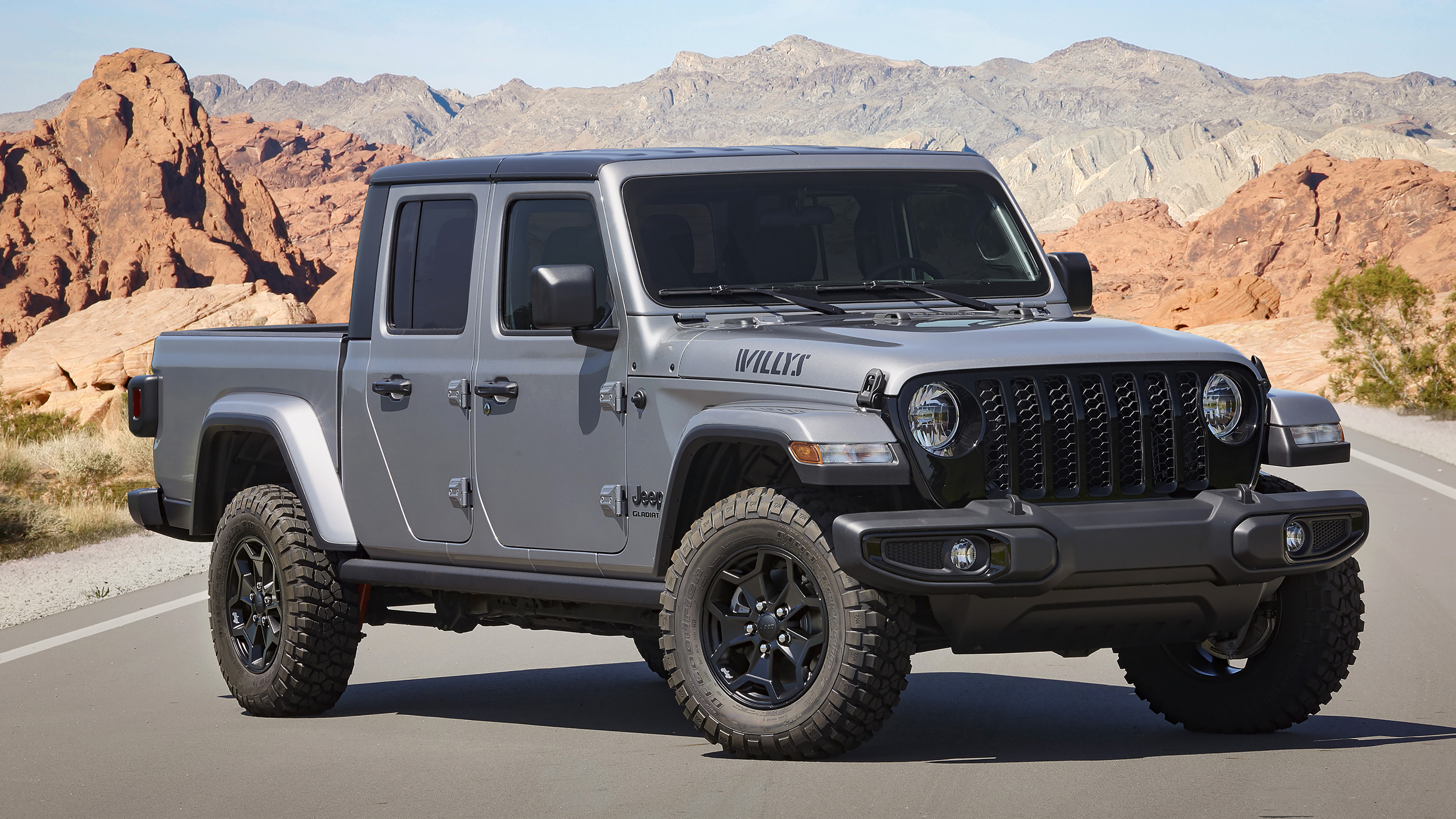
II. Understanding Different Types of Scrambler Frames
When searching for a Jeep Scrambler frame for sale, you’ll generally encounter two main categories:
-
Original Equipment Manufacturer (OEM) Frames:
- Pros: Authenticity for restorations, retains the original vehicle’s heritage. Can be more affordable initially if found in rough condition.
- Cons: Prone to rust, especially in common areas like the spring hangers, body mounts, and steering box area. May have hidden damage from accidents or extreme off-road use (twisting, cracks). Requires thorough inspection and often significant repair or reinforcement.
- Condition Varies: From heavily rusted "donor" frames needing extensive work to surprisingly well-preserved examples from dry climates.
-
Aftermarket Replacement Frames:
- Manufacturers: Companies like Quadratec (through brands like Omix-Ada or Crown Automotive), Throttle Down Kustoms (TDK), or other specialized fabricators produce new Scrambler frames.
- Pros: Brand new, no rust or hidden damage. Often built with thicker steel or improved designs (e.g., fully boxed sections, better weld quality) for enhanced strength and durability. Some come with added features like integrated skid plate mounts or specific engine/transmission mounts. Provides a "fresh start" for any build.
- Cons: Significantly more expensive than even a good used OEM frame. May not be considered "authentic" by strict restoration purists. Shipping costs can be substantial due to size and weight.
- Variations: Some aftermarket frames are exact OEM replicas, while others are "heavy-duty" versions with enhancements.
-
Partial Frames/Frame Sections:
- Occasionally, you might find specific sections of a Scrambler frame for sale, perhaps from a vehicle that suffered rear-end damage or had only a front clip removed. These are generally only useful for repairing an existing, otherwise sound frame. It’s crucial that any repair is done by a qualified fabricator with proper welding techniques to maintain structural integrity.

III. Where to Find a Jeep Scrambler Frame For Sale
Finding a Scrambler frame requires patience and casting a wide net. Here are the most common avenues:
- Online Marketplaces:
- eBay: Good for national searches, often has both OEM and aftermarket options. Be wary of shipping costs for large items.
- Craigslist/Facebook Marketplace: Excellent for local finds, allowing for in-person inspection and avoiding shipping. Search broadly across regions you’re willing to travel to.
- Dedicated Jeep Forums & Groups: Websites like CJ-8.com forums, Jeep Scrambler Facebook groups, and other classic Jeep enthusiast communities are invaluable. Members often sell parts directly, and you can leverage the collective knowledge for advice.
- Specialized Jeep Parts Dealers/Restoration Shops: Many shops that specialize in classic Jeep restoration or aftermarket parts will stock new frames or have connections to locate good used ones. They often deal in higher-quality, inspected items, but prices will reflect this.
- Salvage Yards/Junkyards: A long shot, but not impossible, especially in areas where Jeeps were popular. Call ahead and be specific about the CJ-8 frame. You might find a complete rolling chassis or just the frame.
- Word of Mouth: Let fellow Jeep enthusiasts know you’re looking. The Jeep community is tight-knit, and someone might know of a frame sitting in a barn or a backyard.
Tips for Searching: Use various search terms like "Jeep Scrambler frame," "CJ-8 frame," "Jeep CJ8 chassis," "Scrambler chassis," etc. Set up alerts on online platforms.
IV. What to Look For: Inspecting a Scrambler Frame Before Purchase
This is arguably the most critical step. A bad frame can derail your entire project. If buying remotely, demand high-resolution photos and videos from all angles. Ideally, inspect in person.
-
Rust: This is the #1 enemy.
- Common Problem Areas:
- Body Mounts: Especially where the frame rails meet the crossmembers. Check the inside and outside.
- Spring Hangers: Front and rear. These bear significant load.
- Crossmembers: All of them, but pay close attention to the transmission skid plate crossmember and the rear crossmember.
- Steering Box Area: A high-stress point prone to cracking and rust due to fluid leaks.
- Skid Plate Mounting Points: Often rusted or damaged from off-road impacts.
- Inside the Rails: Use a flashlight to look for flaking or scale rust, especially in boxed sections where water can get trapped.
- Inspection: Poke suspected areas with a screwdriver or hammer. If it crumbles, walk away unless you’re planning extensive fabrication. Surface rust is manageable; structural rust is a major concern.
- Common Problem Areas:
-
Straightness and Twist:
- A frame that has been in a severe accident or subjected to extreme off-roading can be bent or twisted, leading to alignment issues and compromised safety.
- How to Check: Ideally, place the frame on a flat, level surface (or at least level points). Use a tape measure to check diagonal measurements from corner to corner. They should be identical. Look down the length of the frame rails from front to back to spot any bowing or twisting. Check that the spring perches are aligned.
-
Cracks:
- Look for cracks, especially near welds, stress points, or suspension mounting locations. The steering box area is particularly notorious for cracking.
- Small hairline cracks can propagate and become major structural failures.
-
Previous Repairs:
- If a frame has been repaired, inspect the quality of the welds. Are they professional and complete, or look like amateur stick welds?
- Look for excessive plating or reinforcement, which can indicate underlying issues. Good repairs are fine, but poor ones can be worse than no repair at all.
-
VIN Plate: While the frame itself usually has a VIN stamped on it (often near the steering box or passenger side rail), the primary VIN for vehicle registration is typically on the body firewall. If the frame comes with a VIN, ensure it’s clear and not tampered with. This is more for tracking the frame’s origin than for registration purposes for the frame itself.
V. Pricing a Jeep Scrambler Frame: Factors Influencing Cost
The price of a Jeep Scrambler frame varies wildly, from a few hundred dollars to several thousand. Here’s what drives the cost:
- Condition: This is the biggest factor. A rust-free, straight OEM frame from a dry climate will command a premium over a heavily rusted one needing extensive repairs.
- OEM vs. Aftermarket: New aftermarket frames are significantly more expensive than even good used OEM frames.
- Location: Frames are large and heavy. If you have to ship it across the country, freight costs can add hundreds, if not over a thousand, dollars to the total. Local pickup saves immensely.
- Demand: Scrambler frames are rare. High demand and low supply drive up prices.
- Included Components: Sometimes a frame comes with suspension components (springs, shackles), axles, or a steering box. While this adds value, focus on the frame’s integrity first.
VI. The Purchase Process: From Discovery to Delivery
- Communication: Be clear and thorough with the seller. Ask for detailed photos, videos, and descriptions.
- Inspection: If possible, always inspect in person. If not, arrange for a trusted third party (e.g., a local mechanic or fabricator) to inspect it for you.
- Payment: For high-value items, use secure payment methods. Avoid wire transfers for unknown sellers. Escrow services or meeting in person for cash transactions are safest.
- Shipping/Transport:
- Self-Pickup: If you have a suitable truck and trailer, this is often the most cost-effective way.
- Freight Shipping: Obtain multiple quotes from freight companies. Frames are typically shipped as "less than truckload" (LTL) freight. You’ll need to know the dimensions and estimated weight. A loading dock at both ends helps reduce costs, otherwise, liftgate services add expense. The frame will need to be securely crated or palletized.
- Bill of Sale: Even for just a frame, get a bill of sale detailing the item, price, seller’s and buyer’s information, and date. This protects both parties.
VII. Practical Advice for Your Scrambler Frame Project
- Plan Your Build: Before buying the frame, have a clear vision for your Scrambler. Will it be a street cruiser, a hardcore rock crawler, or an overlander? This will influence whether an OEM or heavy-duty aftermarket frame is best.
- Budget Beyond the Frame: Remember the frame is just the beginning. Factor in costs for sandblasting, rust treatment (e.g., POR-15), painting/powder coating, suspension components, axles, engine/transmission mounts, and countless other parts.
- Frame Coatings: Once you have a sound frame, consider coating it. Powder coating offers excellent durability, while products like POR-15 can encapsulate rust and provide a tough protective layer.
- Professional Help: Unless you’re an experienced fabricator, consider getting professional help for any frame repairs or modifications. Structural integrity is paramount for safety.
- Safety First: When working on a frame, always use appropriate safety gear and ensure it’s securely supported on jack stands or a lift.
Jeep Scrambler Frame For Sale: Estimated Price Guide
Please note: These are estimated price ranges and can fluctuate significantly based on location, seller, market demand, and the specific nuances of each frame’s condition. Always perform a thorough inspection.
| Frame Type/Condition | Estimated Price Range (USD) | Notes |
|---|---|---|
| Original OEM – Poor | $300 – $800 | Heavily rusted, bent, or significant cracking. Suitable only for experienced fabricators needing sections or willing to undertake extensive repair/replacement. Often comes with a "free" title. |
| Original OEM – Fair | $800 – $1,800 | Moderate surface rust, minor repairs possibly needed (e.g., body mounts, small cracks). Usable as a starting point but requires significant prep (sandblasting, rust treatment, minor welding). |
| Original OEM – Good | $1,800 – $3,500 | Minor surface rust, mostly straight, no major structural damage. Ideal for restorations or builds where authenticity is desired with less initial work. Still benefits from sandblasting and protective coating. |
| Original OEM – Excellent/Restored | $3,500 – $6,000+ | Fully restored, sandblasted, rust-treated, powder-coated, and verified straight. Ready for build-up. Very rare to find an original frame in this condition unless already restored by a professional shop. Price reflects restoration labor. |
| Aftermarket – New Standard Duty | $2,500 – $4,500 | Brand new replica of OEM specifications, typically thicker steel. No rust, perfectly straight. Does not include shipping. |
| Aftermarket – New Heavy Duty | $4,000 – $6,500+ | Brand new, often with design improvements (e.g., fully boxed, stronger mounts), thicker steel. Designed for extreme use. No rust, perfectly straight. Does not include shipping. |
Note: Shipping costs for a frame can range from $300 to $1500+ depending on distance, method, and whether liftgate service is required.
Frequently Asked Questions (FAQ)
Q: Why are Jeep Scrambler frames so sought after?
A: They are desirable due to their rarity (short production run), unique longer wheelbase (103.5 inches vs. CJ-7’s 93.5 inches), which offers improved stability and cargo capacity, and their classic appeal for restoration and custom build projects.
Q: Can I use a CJ-7 frame for a Scrambler body?
A: No, absolutely not. A CJ-7 frame has a 93.5-inch wheelbase, while a Scrambler (CJ-8) has a 103.5-inch wheelbase. The body mounts, suspension mounts, and overall length are completely different, making them incompatible without extensive and impractical frame modification.
Q: What are the most common rust spots to check on an original Scrambler frame?
A: Key areas include the body mounts (especially near the front and rear), spring hangers, all crossmembers (particularly the skid plate crossmember and rear crossmember), and the frame rail section around the steering box, which is prone to cracking and rust.
Q: Is it better to buy an original OEM frame or a new aftermarket frame?
A: It depends on your project goals and budget.
- OEM: Ideal for purist restorations where authenticity is key. Can be cheaper upfront but may require significant rust repair and reinforcement.
- Aftermarket: Best for custom builds, heavy-duty off-roaders, or if you want a "fresh start" without dealing with rust or hidden damage. They are significantly more expensive but offer superior strength and longevity.
Q: How do I transport a Jeep frame?
A: For local purchases, a pickup truck with an extended bed or a utility trailer is sufficient. For long distances, freight shipping is usually required. The frame will need to be securely palletized or crated. Obtain quotes from multiple LTL (Less Than Truckload) freight companies.
Q: Does a frame come with a VIN, and do I need a title for it?
A: Original frames typically have a VIN stamped on them (often near the steering box or passenger side rail). However, in most states, the primary VIN for vehicle registration is found on the body (usually on the firewall). While a title for just a frame is rare, a bill of sale is highly recommended to prove ownership. If you’re building a vehicle from scratch, consult your local DMV about "assembled vehicle" or "reconstructed vehicle" titling procedures.
Conclusion: Building on a Solid Foundation
The quest for a Jeep Scrambler frame for sale is more than just a transaction; it’s the beginning of a passion project, a journey into the heart of classic Jeep culture. The Scrambler’s unique blend of utility, ruggedness, and iconic style ensures its enduring appeal.
By understanding the distinct advantages of the CJ-8 frame, knowing where to diligently search, and meticulously inspecting any potential purchase for rust, straightness, and integrity, you can dramatically increase your chances of success. Whether you opt for a piece of original history or a robust new aftermarket foundation, investing the time and effort upfront will pay dividends in the long run. A well-chosen frame isn’t just metal; it’s the solid bedrock upon which your dream Scrambler will be built, ready to tackle any trail or turn heads on any road for years to come.
